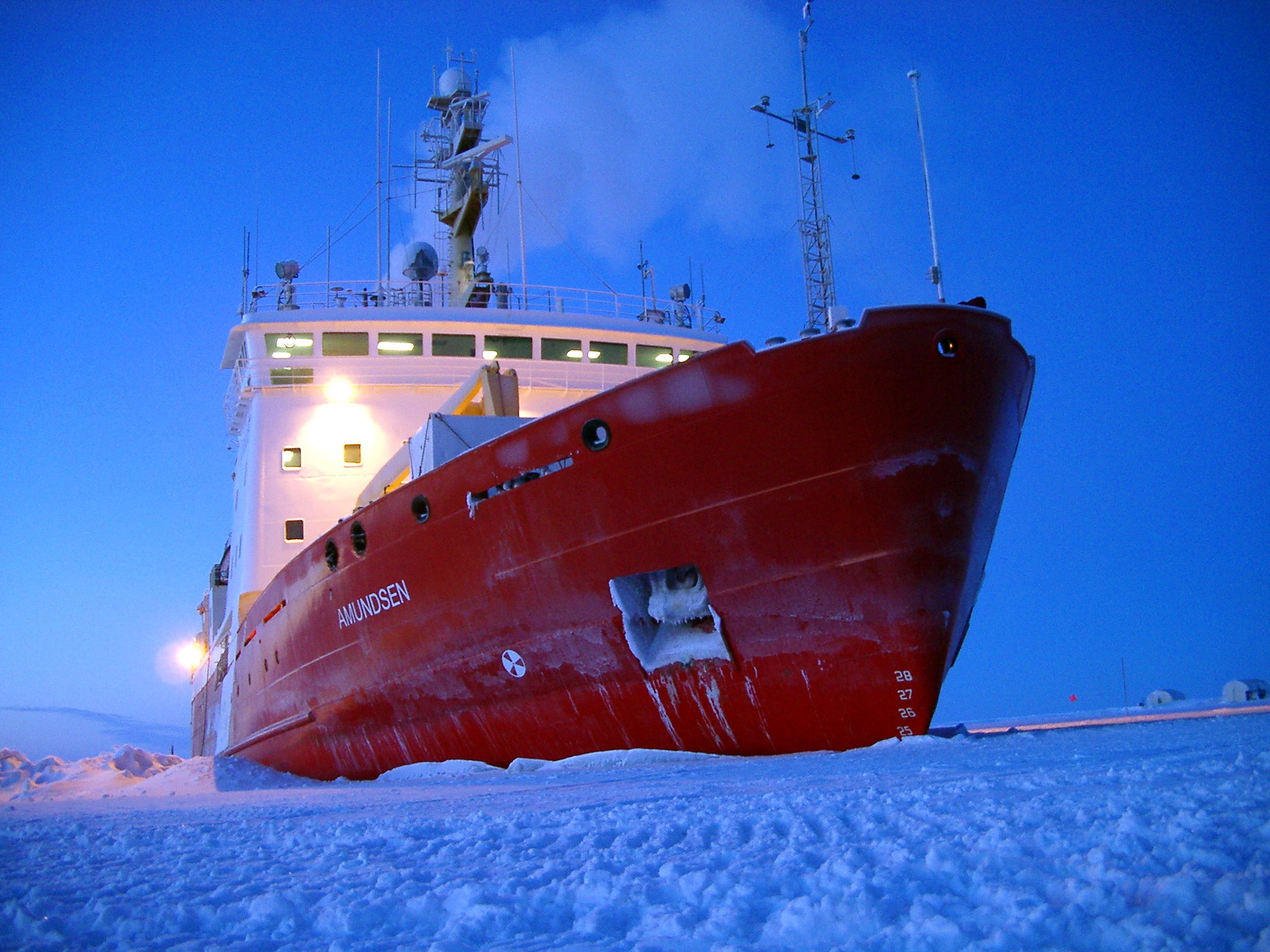Like Denmark and Russia, Canada says its extended continental shelf includes the North Pole
Canada’s 2,100-page submission includes the contested Lomonosov Ridge and the North Pole.

Canada filed an extended continental shelf submission last week with the Commission on the Limits of the Continental Shelf that covers more than 460,000 square miles in the Arctic Ocean and includes the North Pole — which Russia and Denmark have also included in their submissions.
“Defining our continental shelf is vital to ensuring our sovereignty and to serving the interests of all people, including Indigenous peoples, in the Arctic,” Chrystia Freeland, Canada’s minister of foreign affairs, said in a statement.
Under the United Nations Convention on the Law of the Sea, coastal states have sovereignty over waters extending 12 nautical miles beyond their coastlines and exclusive economic and environmental rights over waters 200 nautical miles from their coasts.
But nations can also seek jurisdiction over undersea features that stretch beyond the 200-nautical-mile limit — if they can prove those features are an extension of a continental shelf.
To file such a submission, states must provide scientific evidence that such geological or geographical features in the water, like seamounts and underwater ridges, are in fact connected to their continental shelves. Canada collected data on the seafloor through multi-beam bathymetry, seismic reflection and other techniques on 17 research trips in the Arctic. Canada often collaborated with other nations, including Denmark, Sweden, the United States and Germany, to conduct this work. The final submission with this data numbered some 2,100 pages.
Along with Russia and Denmark, Canada included in its submission the Lomonosov Ridge, an 1,100-mile underwater ridge that extends across the Arctic Ocean from the New Siberian Islands to Ellesmere Island.
The submission would give Canada international recognition of its rights over the natural resources of the seabed and subsoil of the continental shelf, as well as authority over scientific research and other specific activities in the region.
Russia first filed its submission in 2001, later adding requested details. Norway filed a submission in 2006, and the Kingdom of Denmark’s submission for Greenland was filed in 2014.
Once Canada decided a few years ago to include the North Pole, there was nothing surprising in their submission, said Larry Mayer, the director of the Center for Coastal and Ocean Mapping at the University of New Hampshire and a commissioner at the U.S. Arctic Research Commission.
Russia, Denmark and Canada all included the North Pole in their submissions, “but that’s no big deal,” Mayer told ArcticToday. “Where these coastal states face each other, inevitably there’s going to be overlap.”
Normally, if there is overlap in a submission like this, the commission won’t even consider it. But in this case, all three countries have asked the commission to examine all of their submissions “without prejudice” and make their recommendations on which states have a scientific basis for calling the region their own, Mayer explained.
Delimiting continental shelves is different from setting maritime boundaries. But this process is also an important step toward those negotiations, observers say.
Mayer also clarified that these submissions shouldn’t be called “claims,” because every coastal state is entitled under UNCLOS to establish limits for its continental shelf.
“No country claims an extended continental shelf, because every country is entitled to it,” Mayer said. “It’s an inherent right.”
Notably, Canada refers to “states” and “coastal states” rather than “states party to UNCLOS,” which could prove a helpful precedent for countries — such as the United States — that have not ratified the convention but may be interested in making their own continental shelf submissions.
The process for evaluating each country’s scientific evidence for a continental shelf submission is long and complex. Canada began working on its submission more than a decade ago, and it may be another decade before the commission even makes a recommendation on it.
But there’s no hurry, experts like Mayer say.
Although climate change is opening up the region to increased traffic, experts doubt that the area around the North Pole even contains natural resources that may be exploited in a changing environment. Instead, the overlapping claims in the far north are more “symbolic,” commentators say.
The Inuit Circumpolar Council Canada praised the submission for including the region up to the North Pole.
“Inuit use the sea ice beyond the boundaries drawn on maps as our highways and sources of food security,” said Monica Ell-Kanayuk, president of ICC Canada, in a statement. “These are important decisions that will impact the future of our communities and Inuit intend to be part of those negotiations with Canada.”